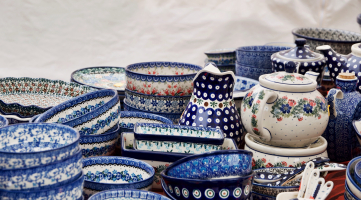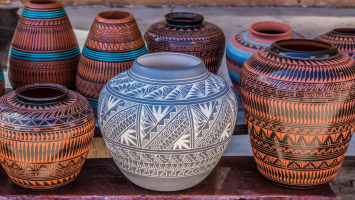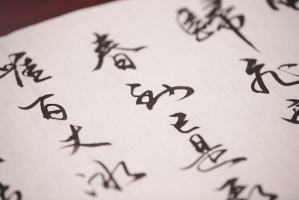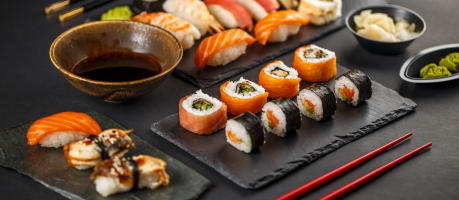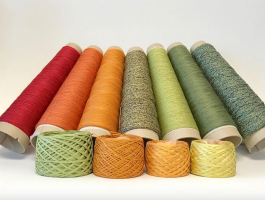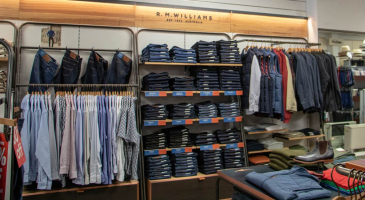Top 5 Best Japanese Ceramic Brands
Are you struggling to find the top of the best Japanese ceramic brands? If so, let this article help you decipher this question with a compilation of ... read more...information about the history, appearance and properties of porcelain and a few example products. Check it out!
-
Yoshiaki Omura, the lord of the Omura realm, brought Hasami Ware, also known as Hasami Yaki in the Japanese ceramics world, from Korean potters in 1598. However, the widespread production didn't start until 1599, a year later. The ascending kiln, which is created by digging a hole in the hillside, was the type of kiln employed at the time. Within Hasami, these kilns were built in Furusaraya, Hatanohara, and Yamanita. Because of this, this ceramic is named after the Hasami region.
Due to its straightforward designs and varied functions, Hasami Ware is popular among young people and minimalists. The beautifully painted ornamentation that is coated with a blue tint is a distinctive feature of Hasami ceramics. And the plate set ought to be made of the type of ceramic Hasami item you usually see in the store.
Hakusan Bloom Hasami Porcelain Plate and Neco Hasami Cat Plate Set are two popular Hasami Ware collectibles. The former hand-painted image of a gorgeous bouquet creates a Northern Europe-inspired ambiance at the dining table, while the latter offers a distinctive shape with cat-like ears that are slightly pointing upward.
Detailed Information:
Founded: 1599
Founder: Yoshiaki Omura
Location: Hasami town, Higashisonogi District, Nagasaki Prefecture
Website: https://www.hasamiyaki.jp/en/
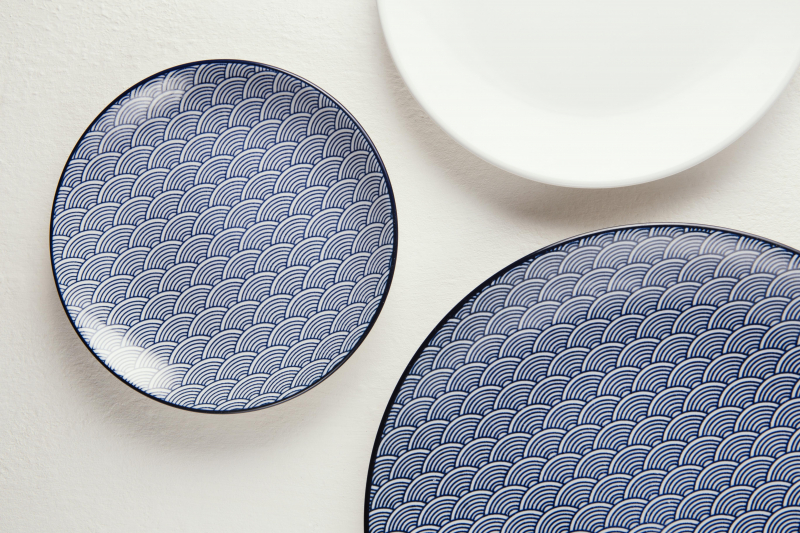
Image via freepik.com Video by JAPAN MADE via youtube.com -
Mikawachi Ware or Hirado Ware is a famous Japanese porcelain during the Tokugawa period (1603 - 1867). There is a hypothesis that Mikawachi ware began in the Azuchi Momoyama period, when a skilled potter from the Imjin War followed Shogun Toyotomi Hideyoshi back to Japan to set up a kiln.
The translucent white tint of Mikawachi ceramics is one of its distinguishing features. The potters initially struggled to obtain quality materials on Hirado Island, so they were forced to look elsewhere before finding Mikawachi on the island of Hirado, in Hizen province - currently in Nagasaki prefecture. It now holds the name of the kiln region, Mikawachi, as a result.
Mikawachi Ware's basic yet striking blue dye on white porcelain has led to its reputation as a luxurious item. Since this ceramic originated from China, Mikawachi ware frequently features images of Chinese kids having fun, which symbolize wealth and happiness. In actuality, these patterns have been created since the Meiji era (1868 - 1922).
Detailed Information:
Founded: The end of the 16th century
Founder: Shogun Toyotomi Hideyoshi
Location: Mikawachi Town, Sasebo City, Nagasaki PrefectureWebsite: https://www.mikawachiware.or.jp/en/
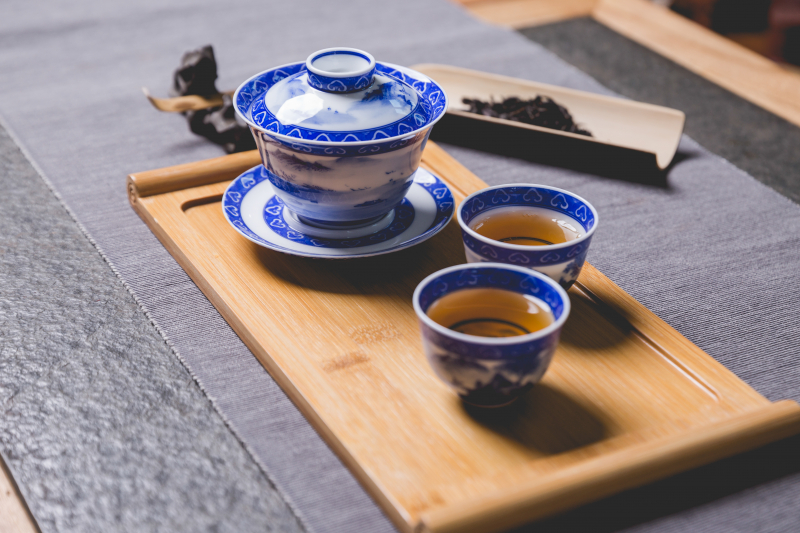
Image by jcomp via freepik.com Video by Wisenheimer via youtube.com -
Japanese porcelain known as Imari ware, also known as Arita ware, is created at the Arita kilns in the region of Hizen. Production allegedly began in 1616 when porcelain clays were found in Arita by Korean artisans working for master potter Ri Sampei. Porcelain production has finally reached the rest of Japan before 1800.
Arita porcelains include white glazed goods, celadons, which are glazed wares that are a light gray, blue, or green, black wares, blue-and-white wares with underglaze painting, and overglaze enamels. These characteristics are thought to be influenced by the demand for Chinese goods and the drive of Korean artisans.
Japanese Imari Ware from the Meiji Period is simpler than that from the 19th or 20th centuries, with just white glaze and light gray-blue accents. With the addition of green, red, and blue, the subsequent iteration of Arita Ware is more colorful. On this kind of ceramic, there are also common images like cranes and flowers.
Detailed Information:
Founded: 1616
Founder: Kanagae Sanbee
Location: Arita Town, Hizen Province, Saga PrefectureWebsite: https://www.imari.com/
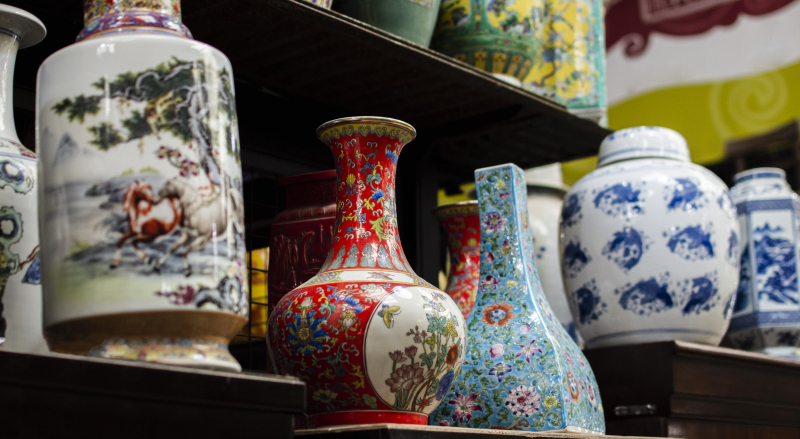
Image via freepik.com Video by Timothy Langston via youtube.com -
With its origins in the Edo era, Kutani Ware has a history spanning more than 350 years. Toshiharu Maeda, the first local descendant of the Daishoji clan, found the pottery stone in the region known as Kutani in 1655, which marked the beginning of the tale. He asked Saijiro Goto, who was working on wrought gold, to learn how to create pottery, and he also established a kiln in the Kutani area to fulfill his curiosity with this particular style of pottery.
Since the 1873 World Exposition exhibition, Kutani Ware has become a symbol of Japanese colorful pottery thanks to this ceramic robust style. The bright design of Kutani, which uses the five hues red, purple, yellow, green, and Prussian blue, is particularly distinctive. These hues are known as Kutani gosai (the five Kutani colors).
One of the best Kutani Ware styles, Hanazume, was developed in Kanazawa in 1913 by Shiro Mizuta, a talented craftsman. Each piece is embellished with gold-painted outlines and flowers spanning the full surface. For those who prefer simple design, Kutani Choemon Kiln is a great illustration of how tradition and modernity can coexist with just a hand paint of a man enjoying skateboarding or playing the flute.
Detailed Information:
Founded: 1655
Founder: Toshiharu Maeda
Location: Kutani, Kaga Province, Ishikawa PrefectureWebsite: https://kutaniware.com/
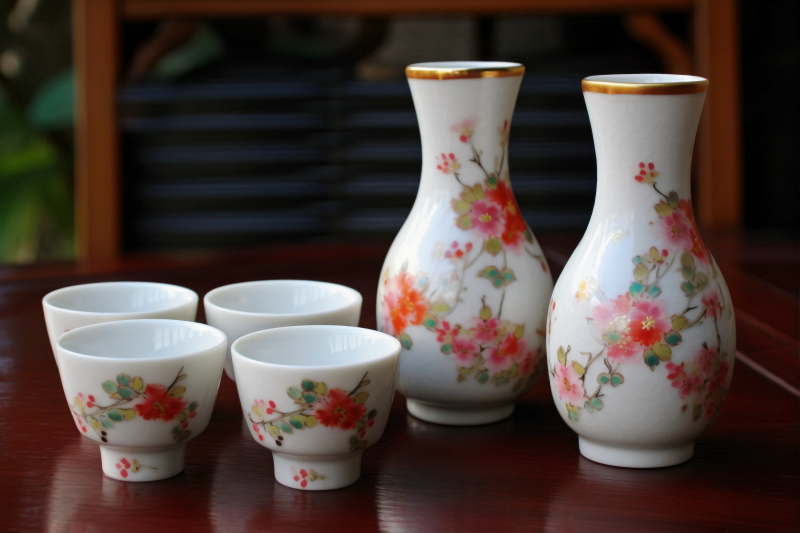
Image via freepik.com Video by TokyoStore via youtube.com -
Tobe Ware, also known as Tobe Yaki, was established in 1775 by Yasutoki Kato, the ninth lord of the Ozu Domain (1769–1787). Then, as part of his economic strategy, he began hiring potters from Hizen and launching the production of white porcelain using whetstone shavings in 1777. Tobe Ware reached the height of its popularity when recognized by the government as one of the Traditional Crafts of Japan.
Tobe Ware is made of white porcelain with indigo designs painted on it. The finished item that is also well-liked for a thick, hefty shape is incredibly durable and hard. Tobe Ware is also referred to in-jokes as a "fighting vessel" since it can withstand being thrown into a fight between a husband and wife without breaking. Additionally, the pure design of Tobe Ware that fits tablecloths has become a favorite among people for years.
Baizan Kiln Arabesque Tobe is one of the most well-known collections in the Tobe Ware style. Each item has an arabesque pattern, from the soup cup to the plate. One of the signature designs of Tobe Ware - the indigo hue conveys a feeling of contemporary style.
Detailed Information:
Founded: 1775
Founder: Yasutoki Kato
Location: Tobe Town, Iyo District, Ehime Prefecture
Website: https://kogeijapan.com/locale/en_US/tobeyaki/
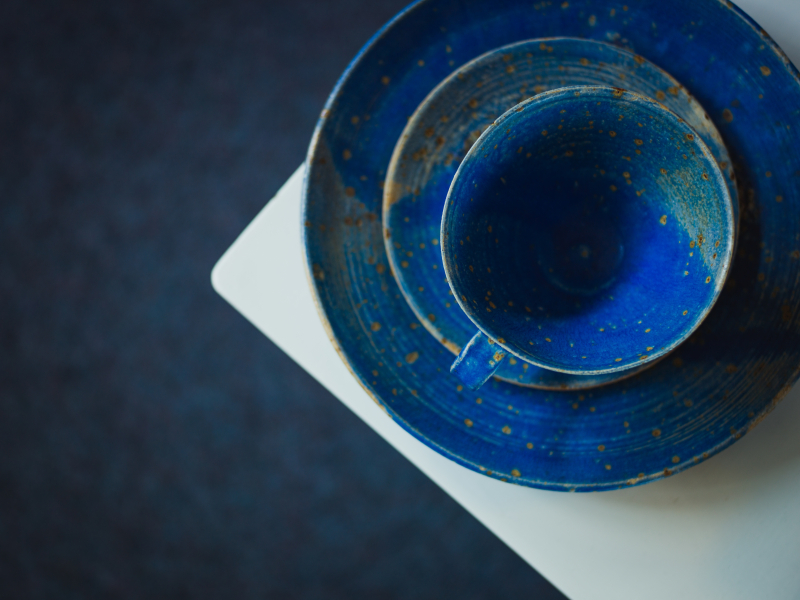
Image by wirestock via freepik.com 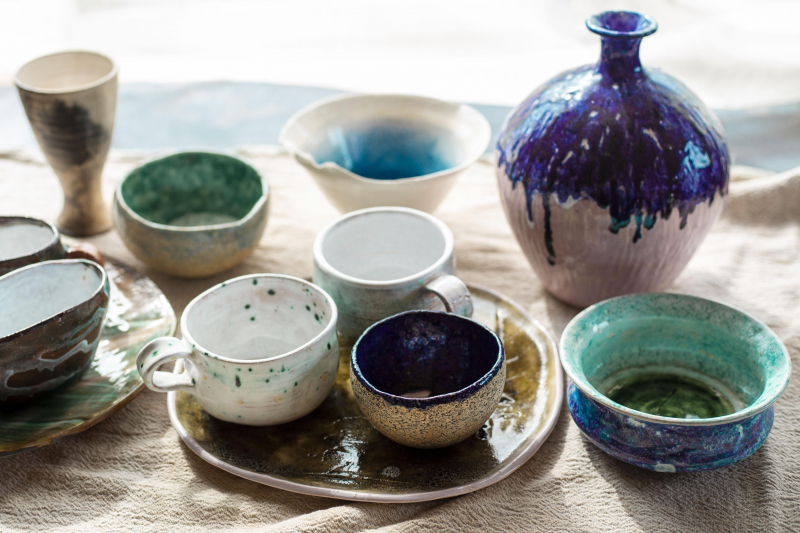
Image via freepik.com








